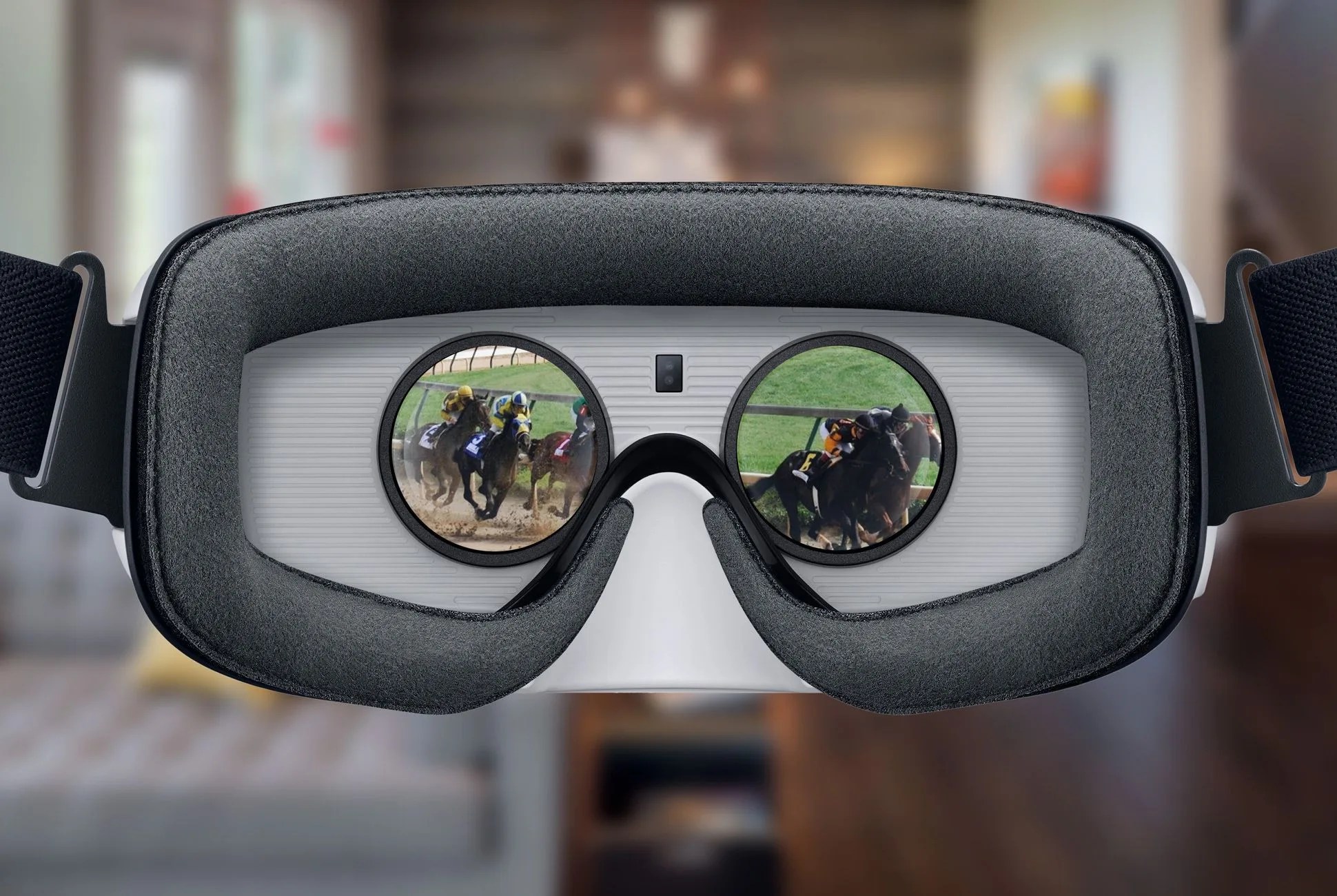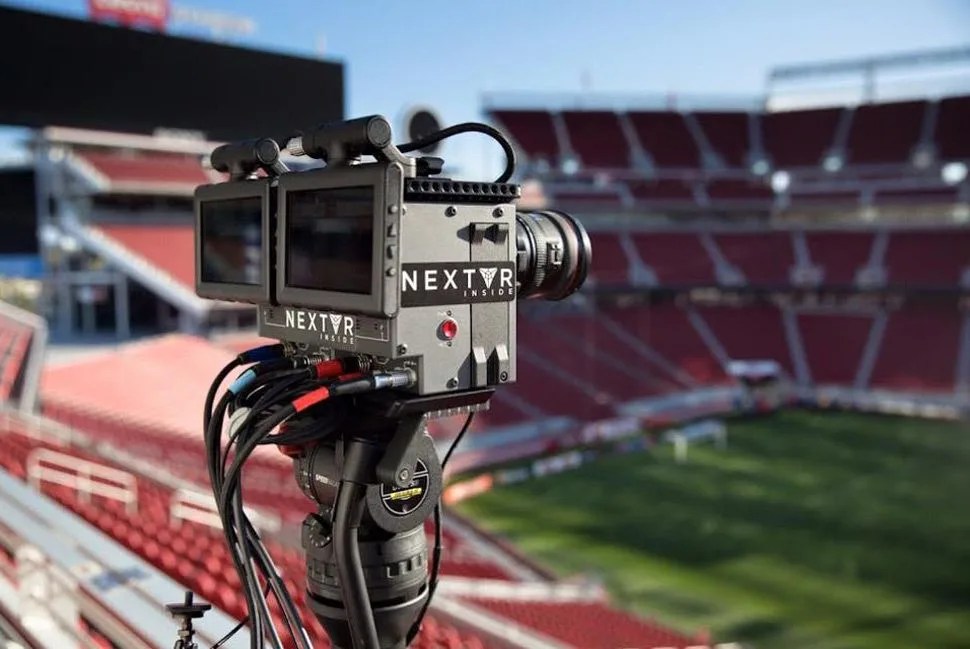The golf reporter was so excited. There he was in the Augusta National press room, vibrating in the very over-caffeinated state required for coverage of such marathon events as the 2016 Masters Tournament, making an intensely committed declaration. He would never report on golf the same way again! Ditch the sunblock, forget the mosquito repellent, leave that sun visor slung over the back of the chair — this intrepid veteran of the green was barreling toward a new indoor career: “I am resigning from reality-based journalism.”
He was still so fresh, so renewed from witnessing the first-ever live VR stream of the action happening outside on the sixth green, he could do little else but extoll to his Golf magazine audience the “mind-blowing, are-you-kidding-me, WTF exhibition of a live-streaming technology that is about to change your life.”
Because it’s VR. And VR has come to live sports.
Or has it? Though that reporter was obviously impressed with how intense it is to be immersed in close-up, 360-degree video of golf action, his euphoric account also includes a glancing caveat about the feed being “grainy,” not-actually-HD video resolution. There were small cracks.
By contrast, I, far from the panacea of an Augusta National press room, had experienced far greater cracks. In a convention hall technology demo room where I was granted the pleasure of putting on my face a sweaty VR headset, odiferously evincing its many previous users, I had a catastrophically different reaction to live sports in VR — a smellotron displaying shrunk athletes running in a blurry pixelated image limited by mobile phone resolution. And, to note, that wasn’t my first time to be “immersed” in VR content. I have reported on various permutations of this technology over the past couple of decades, and during that time also built up a quite severe doubt of the sports-streaming side of the tech. It’s just not ready yet. But there’s plenty of teams of tech geeks knocking down people’s doors and shouting it is. So, I let two — Jaunt and NextVR — in.
I posited that an immersive VR video experience can make me feel like I had the super-best tickets to every game.
Despite my inherent skepticism, aged over years in dark demo rooms populated by apathetic consumer-electronics journalists, I will confess to feeling a certain thrill in the prospect of watching live sports on something other than my tiny 11-inch laptop screen (philistine!) via individually purchased online viewing packages (cable-cutter!). Who knows, maybe having a simulated, big-screen, event-day experience would make me love VR too?




